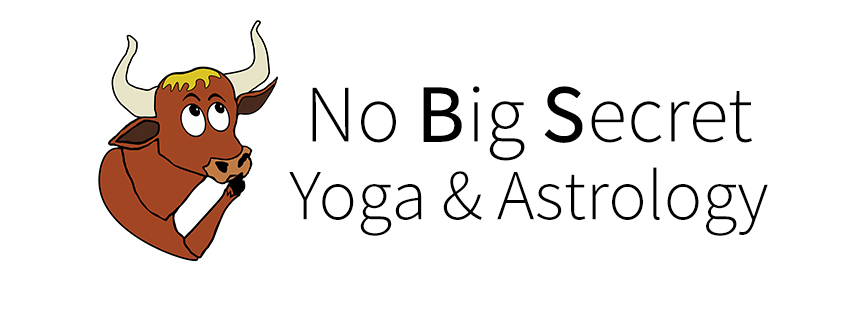I'm sure you have heard the Fifth Dimension song "The Age of Aquarius". I get asked on my Periscope broadcasts all the time about what this means and how it works. It's really not as complicated as it might sound, but the idea has been perverted by hippie and new age culture beyond the astrological intent.
Personally, I take issue with New Age and Counter Culture and what it has done to pervert and misrepresent astrology and eastern traditions. First, take a look at what Yoga has become in the United States. Yoga was never about poses in its purest form. If you have read my other blog posts on the fundamental text of Yoga, the Yoga Sutras, poses are never directly referenced. They were added about one thousand years later as a method of loosening up the body to prolong meditation. The same thing has happened with astrology. From what I have surmised, people think that the "Age of Aquarius" will usher in an era of utopian society by which all of the world problems will be solved and we will live in love peace and harmony. Umm, no.
A fundamental misconception of astrology is that humanity can somehow reach the pinnacle of mass group consciousness from that of unawareness in just a few years and by of effort. Tell that to the Heaven’s Gate cult that committed mass suicide, believing that they would be taken up into a space ship flying behind the Hailbob comet. Frist, and I can't say this enough, beware of any belief system that sets up exclusivity. This has caused so much damage in human history, and now I see it being used by New Age spirituality to push agendas and cults of personality. Nothi
Ok, so, what does this mean from an astrological point of view? In astrology, the three outer planets, and yes, Pluto is a planet, connect us to group consciousness. By using these outer planets and their relationship to each other, I can make predictions of the context of world events. For instance, every rebellion has is causes, but fundamentally they are the same. Right now planetary configurations are close to what they were during the French and American Revolution, with a little bit of 1968 mixed in. Rebellion against the established order is the context of the day, and all major global events play out in this framework. Uranus is the plane that rules the sign of Aquarius in western astrology and links us with the first echelon of group consciousness, which is the way that information and communication is distributed. Uranus rules rebellion, sudden change, astrology, bolts of creativity from the blue and electronics. So in actuality, the Age of Aquarius shows that the way information is shared and distributed will change to a flat model vs. a hierarchical model. The way I see it, knowledge will be freely exchanged between parties without the need to filter it through distorted mediums such as government and propagandized press. This will lead to greater understanding on a person to person basis. It's all about the internet and how it impacts human perception.
Do you see how the old world is dying? What does that mean? In my opinion, the keepers of the knowledge are doing whatever they can to sow the seeds of conflict, thereby distracting us from what is going on. Many so called rebellions are fabricated events meant to stoke the fear of the masses. It's not sustainable and people are waking up to the lies. With it comes a host of people that are trying to control the information for themselves. New media stars, conspiracy theorist on the internet, you name it. When the system breaks, it takes a while to settle into a new norm. My advice to you to only control what is in your direct scope of influence. Help a neighbor carry in the groceries, volunteer, or just be kind to the people you meet. The world will always be full of drama, you can count on that.







